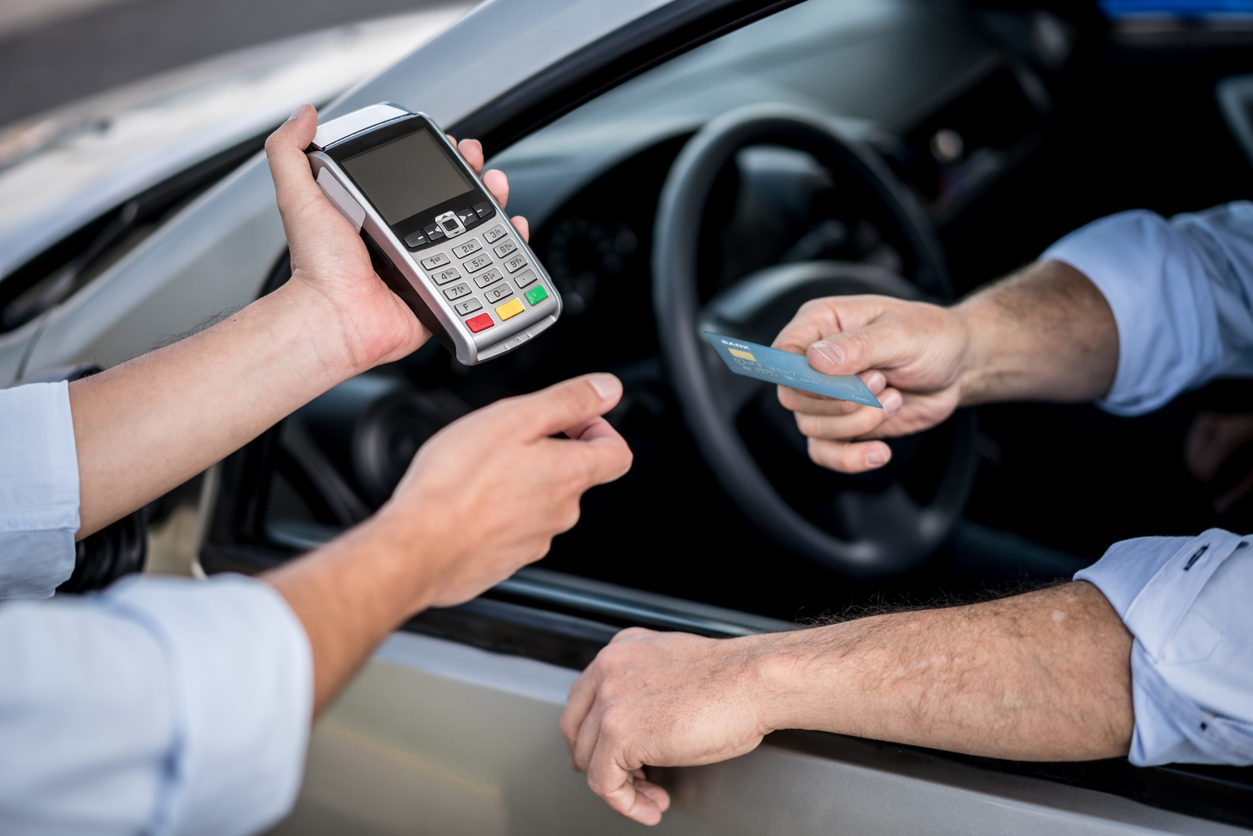Payments are at the heart of any business, no matter the size or industry. That’s why choosing the right payments system can safeguard your business, now and well into the future.
You may already know you need a completely new payments system, especially if your current one is obviously outdated. Maybe you’re using standalone solutions that don’t quite gel in the way you need them to. Or perhaps you tolerate your current system, but wonder if something better is worth exploring.
Getting your new payments system right can drive business growth, boost profits, and keep your business ahead of the competition. But you’re not sure if you’re definitely ready to invest in something new. So what’s the answer?
The Potential Risks of Keeping Outdated Legacy Systems
Upgrading an outdated payments system can be great for your business.. Conversely, continuing to use your legacy systems has serious potential drawbacks This includes:
Gaps in Payment Security
Legacy systems are unlikely to be as well-supported or up-to-date in terms of security requirements as current payments systems. The rapid acceleration of payments technology adoption—mostly caused by the pandemic and consumer demand—has given rise to digital fraud. Legacy systems don’t have the sophistication to manage surging payment volumes while keeping PII (personally identifiable information) secure.
Legacy System Maintenance Costs
Though new technology seems like it might be costly, maintaining legacy systems may cost you more in the long-run. According to Financial Times, banks and insurance companies need to devote 75% of their IT budgets to preserving their legacy systems. Your specific payments system may be similarly weighing down your overall technology budget.
Ultimately, the older a system gets, the costlier it’ll be to maintain, on top of the dwindling number of experts that can use them.
Longer Processing Times
It’s not just the financial cost you’re risking with legacy systems. Clunky, outdated systems take employees longer to use. And if you’re using separate solutions, it’s even more work to connect the dots. For merchants looking to maintain a healthy cash flow, slow legacy systems can cause roadblocks and customer dissatisfaction.
Ask yourself, “is our current payments system the best we can get?” No matter your industry, consumer demands for faster payments have skyrocketed in recent times, and keeping up with those demands relies heavily on up-to-date systems and processes to make every customer touchpoint with your business simple and painless.
Try out a New Payments System Before Making the Switch?
Getting the right payments system—one that matches your business needs—will have a positive impact on your business (and your profits). But how do you know that the system you’re eyeing up actually delivers?
Making the wrong choice could be at best costly and at worst, catastrophic, so testing out or demoing a system is the safest option. You need a system that fits seamlessly into your business, is easy to use, and works well for your stakeholders.
And while something may look like it checks all your boxes, you won’t know for sure until you actually try it. Getting hands-on helps you get a feel for exactly how a system works, and how it works specifically for your business.
Having a proper in-depth conversation with experts in the payments industry (not just software salespeople—though that’s not to say they can’t be both), helps you communicate your needs and find out how a system can solve your business’s unique challenges. This conversation should be a combination of knowing and communicating what you need, and receiving clear payments solution recommendations.
What About Payment Gateway Emulators?
Another option that helps advance your payments processes without the need to reprogram your existing applications is a payment gateway emulator. Using advanced technology, gateway emulators translate your current gateway’s API to the provider’s API for seamless transactions. They’re an advanced and cost-effective way of test driving a new system, giving you insight into whether making the switch completely is right for your business.
Technology advancements give businesses such an abundance of different options, but with all of that choice can come uncertainty. Which payments system is right for your business? Which one will solve all of your issues?
If you’re considering making a switch, but don’t want to risk having to back-track and start again if it’s not the right choice, test driving any potential new technology, software, or system is important.
By trying out a new payments system before committing ting, you can learn its features and benefits, and figure out if it’s really the right one for you.
Want to work with a payments expert before making the switch? Get in touch with PayFrame today to set up a demo, or have a discussion with one of our PayFrame payments specialists.



